The flowering crab claw orchid can be wiped with a cotton swab, and it will produce thousands of see
Last Update :2024.12.30
Article Catalog
Pollinate crab claw orchid with just one cotton swab
When it comes to the flowering period of crab claw orchid, I don’t know how many people have fallen into this "pit", wishing they could plant ten or eight pots to enjoy it. Don’t mention it, Huahua has a quick fix, just take advantage of it. When it blooms, rub the stamens, and it will immediately produce thousands of seeds. Just scatter them in the soil, and it will become a giant crab claw orchid in just one minute!
 Pollinate crab claw orchid with just one cotton swab
Pollinate crab claw orchid with just one cotton swab
Pollination of crab claw orchid can be done with a cotton swab
1. Prerequisites for pollination
Before pollinating crab claw orchid, you should observe whether its petals have been fully opened and whether the pistils have been fully opened. and whether the stamens are fully developed. As shown in the picture below, mature crab claws have mucus on their pistils and thick pollen on their stamens. They are ready for pollination at this time.
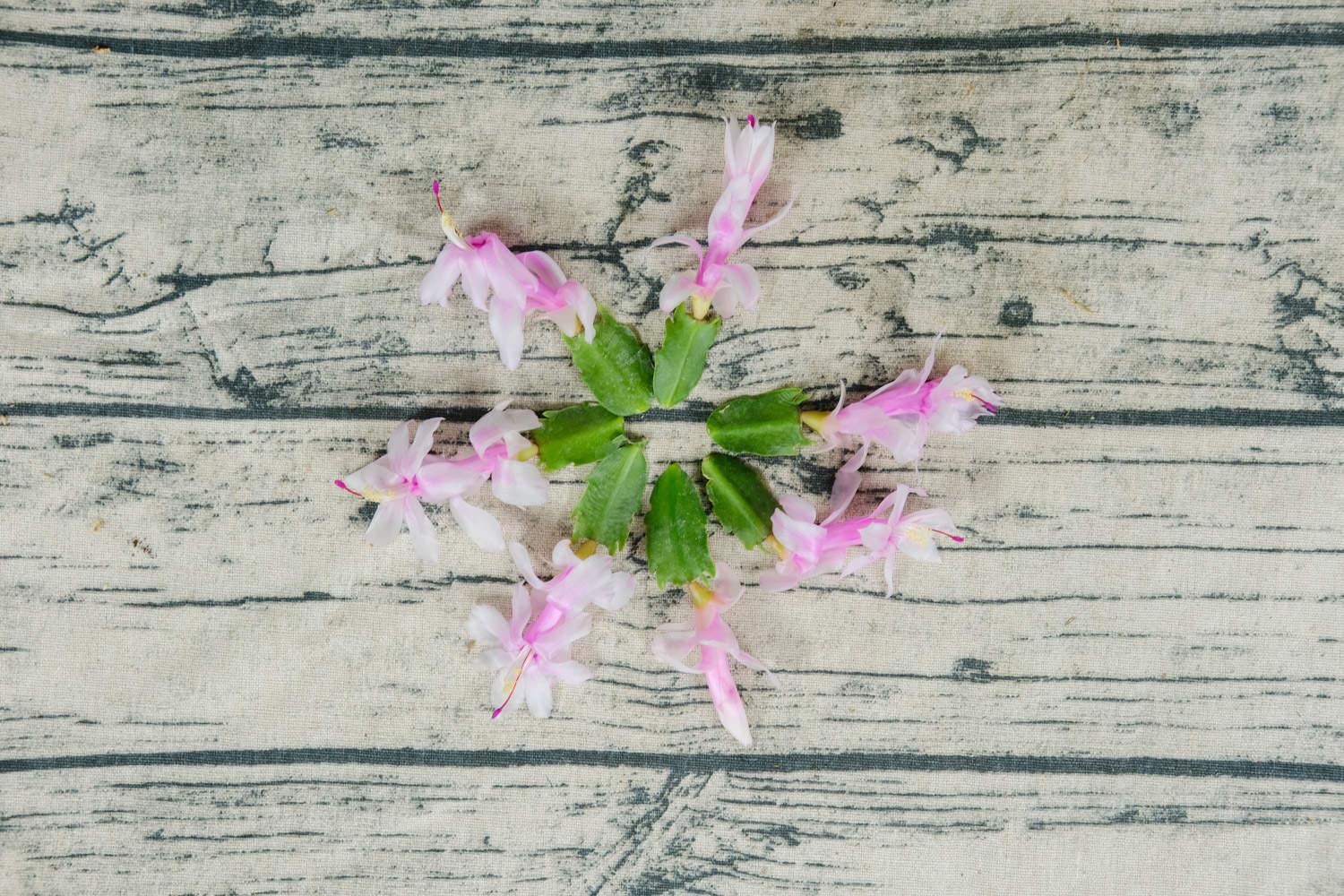
2. Pollination time
If you want pollination to be successful, you must choose the right time, preferably around 10 a.m. the next day after the flowers bloom, because the light and temperature are both suitable at this time, and the success rate of pollination is high.
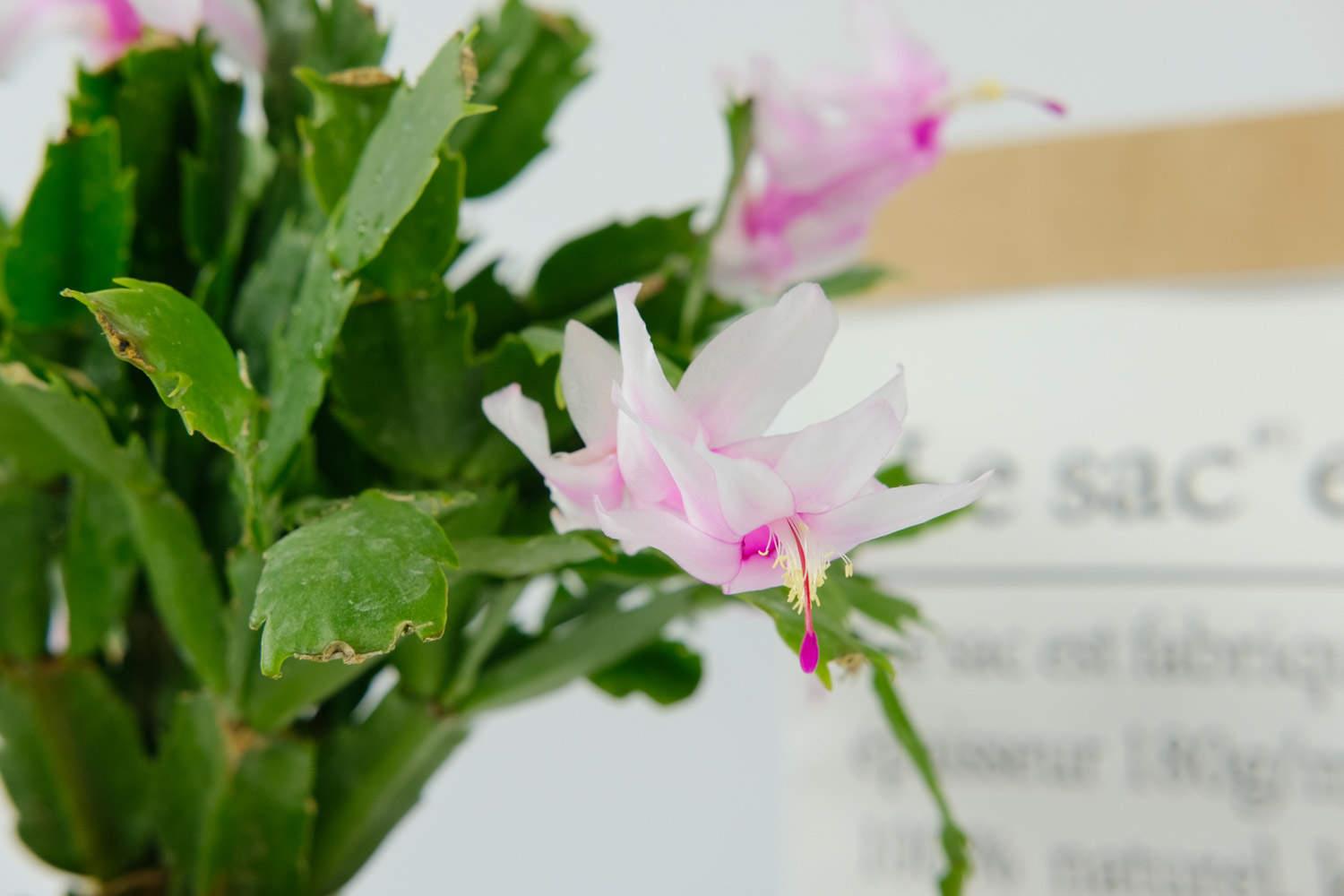
3. Pollination method
Find a clean cotton swab and rub the pollen from the small yellow stamens (stamens) at the bottom onto the red pistil head in the middle. As shown in the picture below, it is in a state where it has been rubbed with pollen. There is light-colored pollen attached to the pistil in the middle.
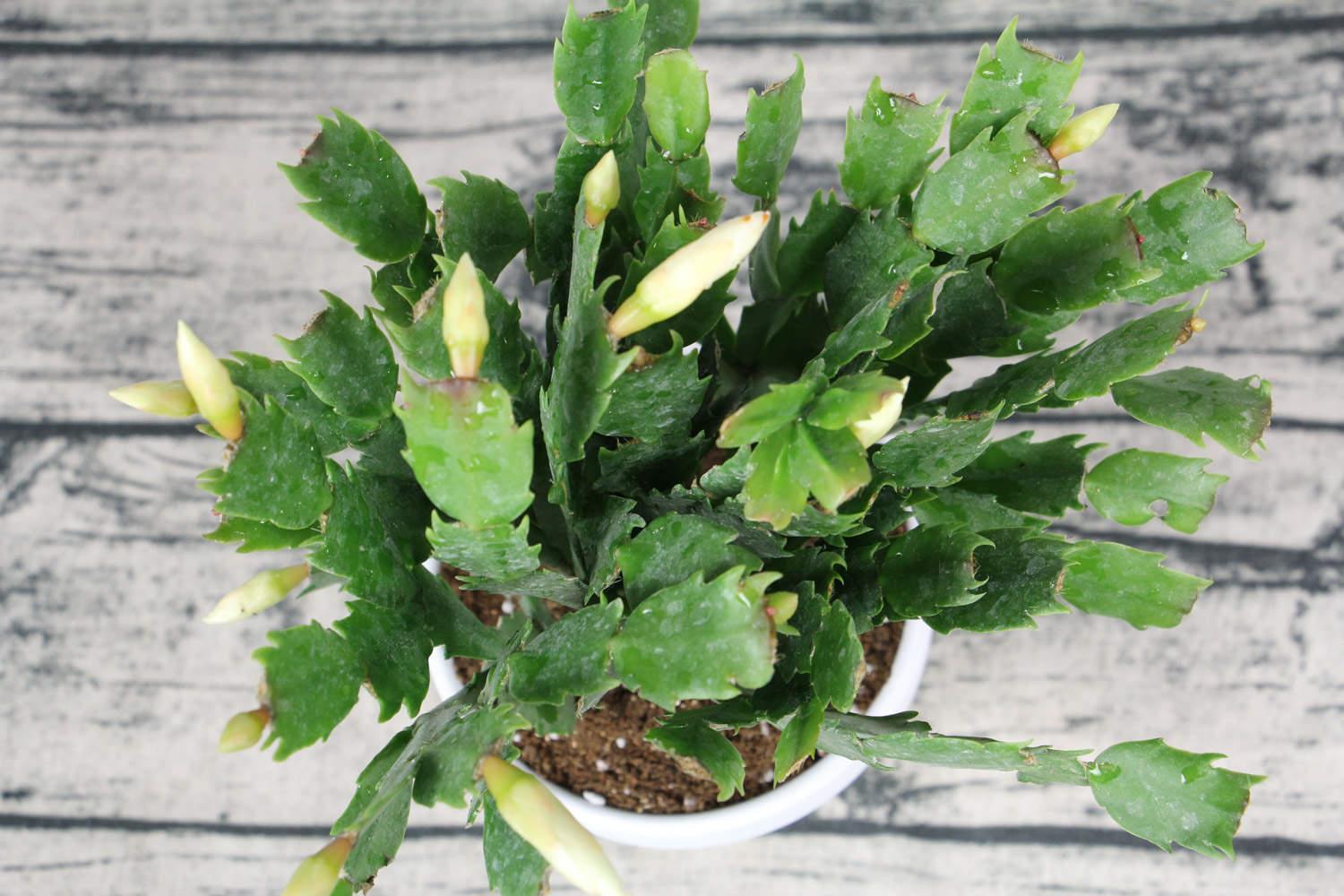
4. After pollination
After pollination, be careful not to let the flowers of the crab claw touch water. When the flowers naturally fall, a small seed bulb will appear underneath. After the bulb grows naturally and turns red, you can pick it off and take out the seeds.
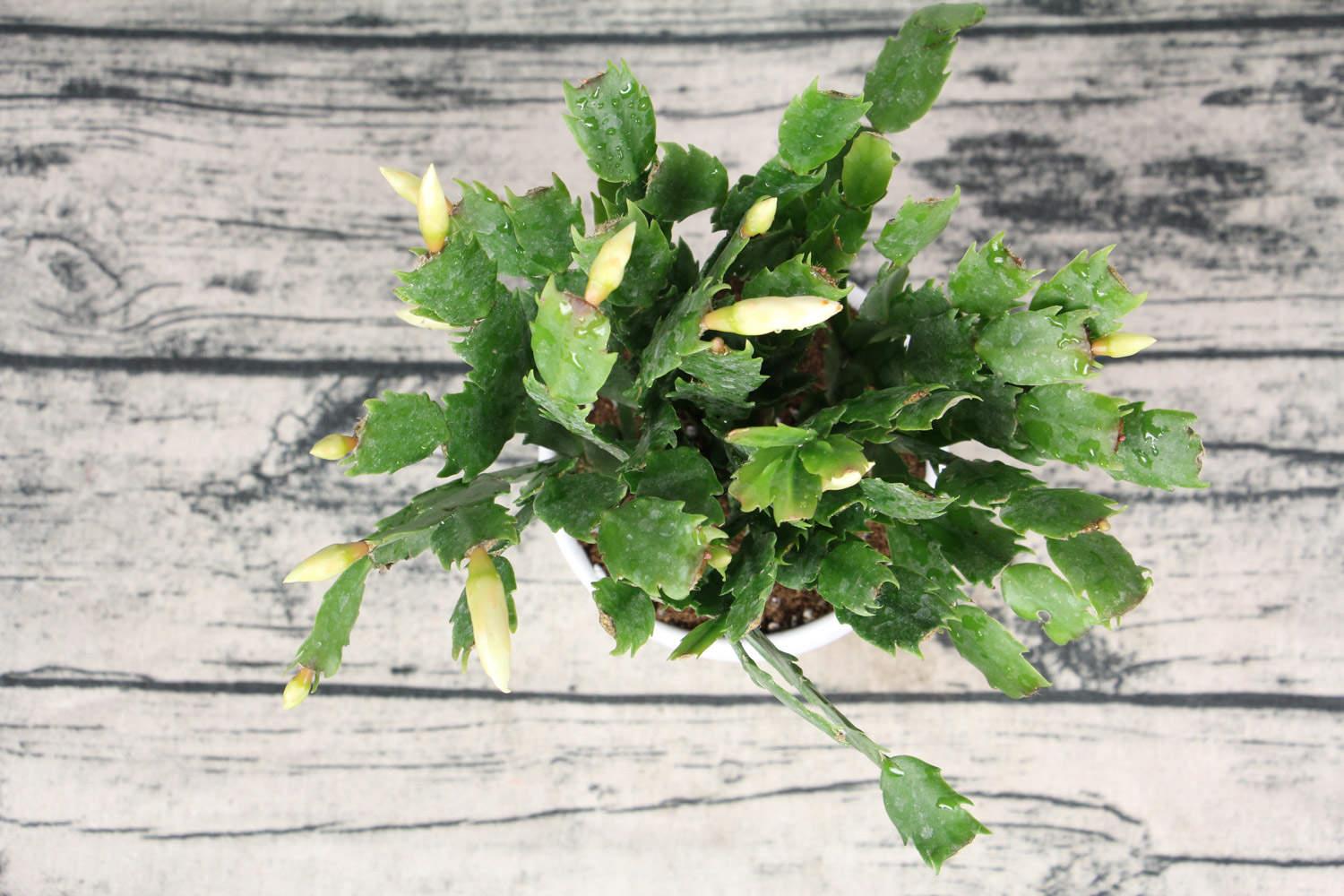
5. Is cross-pollination possible< /p>
Two different flowers on the same crab claw orchid can also be pollinated, and the seeds produced will still be of the original variety. Different varieties of crab claws can also be pollinated, and the variety of seeds produced is unpredictable, and new varieties may appear.
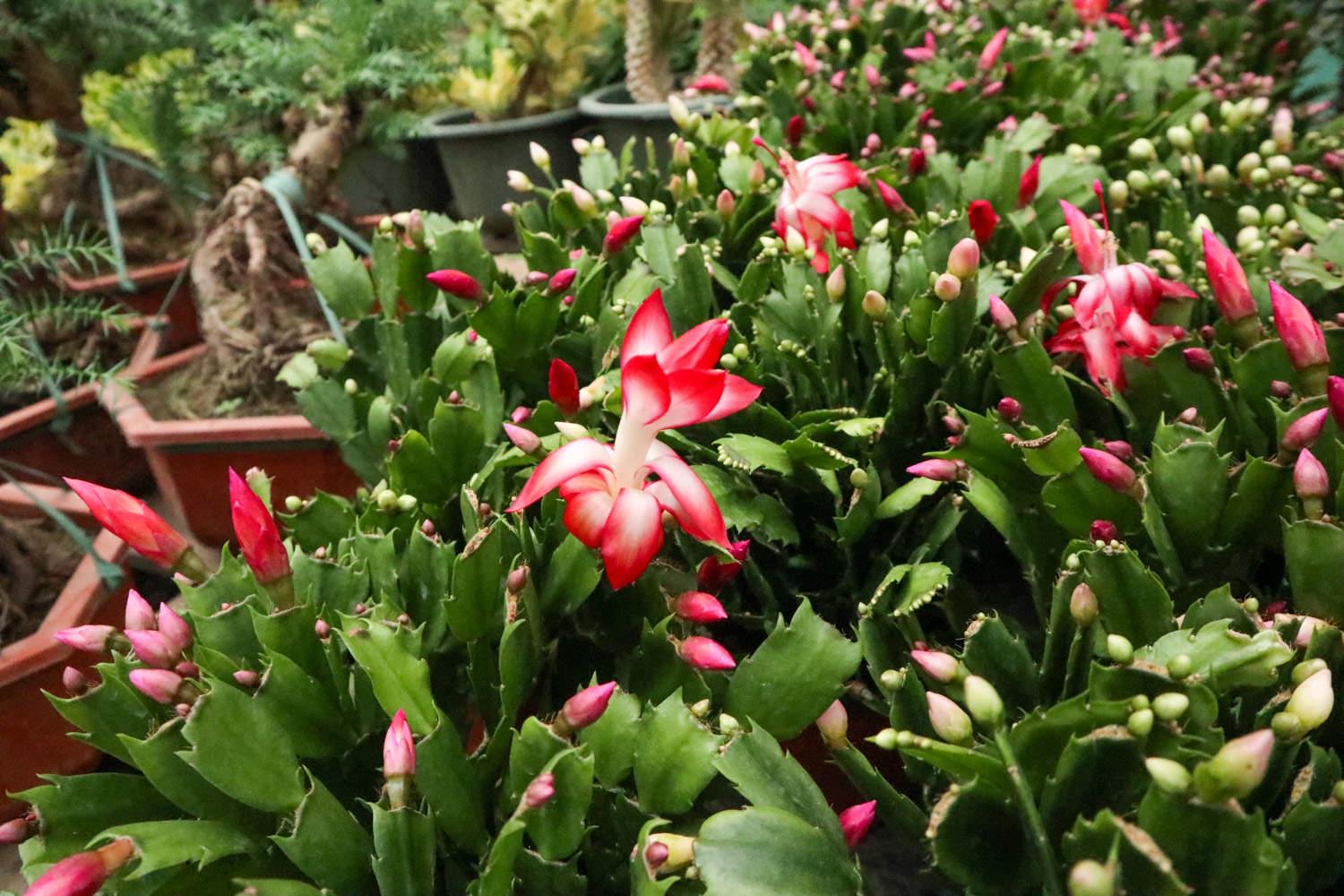
6. The effect of seed broadcasting How
Crab claw orchid can be propagated by sowing. The sowing rate of self-harvested seeds is also very high, and the seedlings that grow are normal. Except for particularly rare varieties, because they have hybrid instability, they can be reused. Seed propagation will cause "atavism".
Having said so much, let’s give it a try. The seeds of crab claw are like dragon fruit, with so many small sesame seeds, they will germinate after being spread in the soil for ten days!

Crab Claw Orchid Sowing
The germination rate of crab claw orchids is very high. It is best to sow seeds above 15 degrees. If you have heating at home, don’t worry. If you don’t have heating, just wait until spring for sowing.

1. Collect seeds
Be sure to wait until the seeds are completely red before picking them. If you are too impatient to eat hot tofu, picking them before they are ripe is a waste of time. The red seeds are peeled open, and inside are black "small sesame seeds". Put them on toilet paper to dry.

2. Prepare the soil
It is best to use sandy soil or coconut bran soil for sowing. Before use, put it in the sun to dry, and spray some carbendazim water to disinfect and sterilize. This step can increase the germination rate and prevent bud rot.

3. Sowing
< p>Put the dried soil in a pot, spray it with a small watering can, and then sprinkle the seeds evenly on the surface. You don’t need to cover them with soil or bury them in them, just sprinkle them directly. Place it in a dark place in the house and spray water regularly to humidify it., 
4. Cover with plastic wrap< /p>
If your home is not warm enough or is relatively dry, you can cover it with a layer of plastic wrap. Poke a few small holes in the plastic wrap to allow ventilation.

5. Supplementary nutrition
After the small sprouts emerge, they can be exposed to the sun for an hour every day until they grow to 2-3 centimeters tall. You can put some slow-release fertilizer granules in them to prevent the seedlings from growing too long or dying midway.

6. Prepare for transplanting
When the seedlings grow to a height of 5-8 cm, the original sowing pot is too dense, so they are ready to be dug out and transplanted into a new pot. It is best to add some slow-release fertilizer at the bottom of the pot as a base fertilizer. It is basically mature and stable half a year after sowing.

7. Later maintenance
After the transplant is successful, it can be maintained normally. The crab claw plant cannot be exposed to direct sunlight. 2-3 hours a day is enough. Watering does not need to be too frequent. Wait until the soil on the pot surface dries and turns white. Water.

8. Grafting
< p>The maintenance of native crab claw orchid is more difficult than that after grafting, because it is prone to black rot if watering is not controlled well. Interested florists can sow seeds first, and then pick them and graft them after the crab claw orchid grows standard leaves.
Sowing crab claw orchid
- END -
These two kinds of bark are the most suitable for growing flowers. They will grow wildly in pots, an
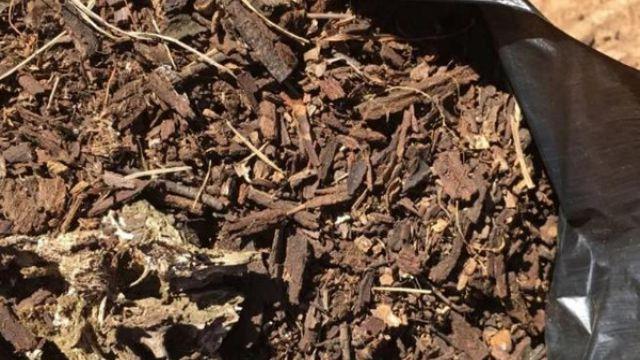
When winter gets cold, people don’t like to fertilize flowers. After all, retting...
The difference between saponaria and saponaria
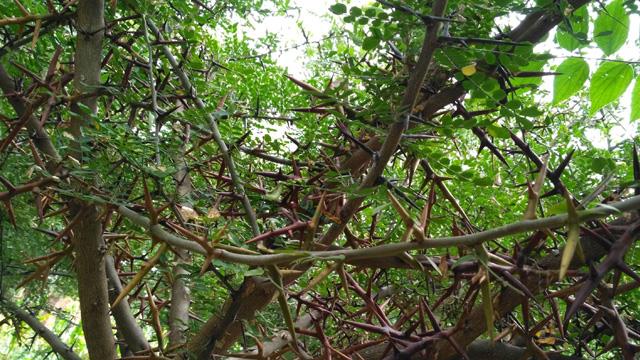
Leaf differences: The leaves of A. saponinum are ovate-lanceolate or oblong and pa...